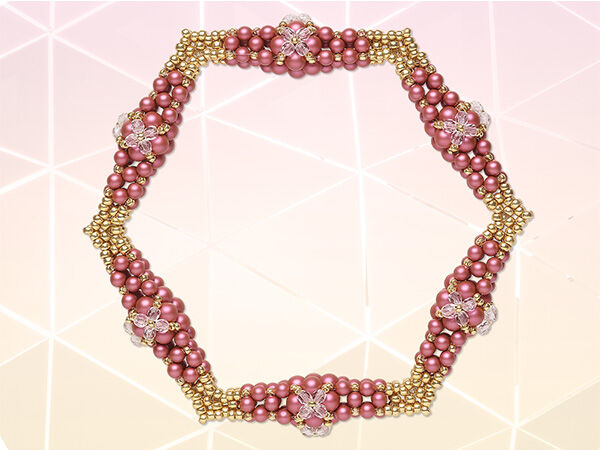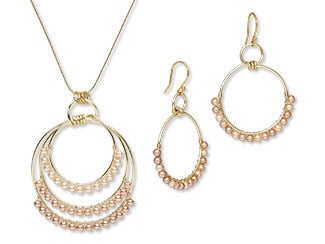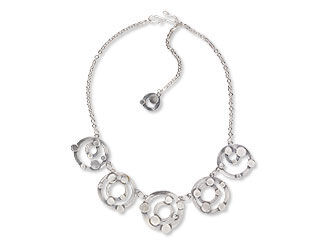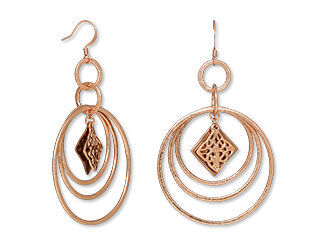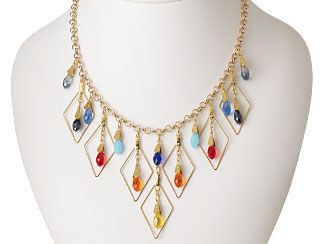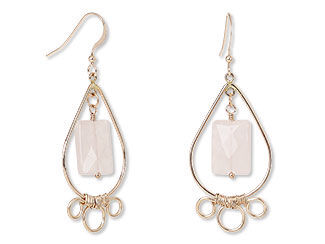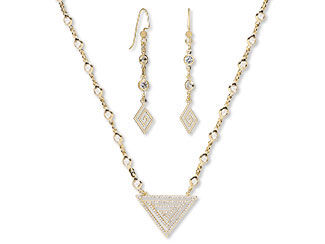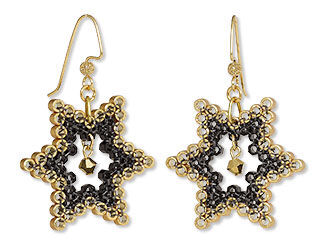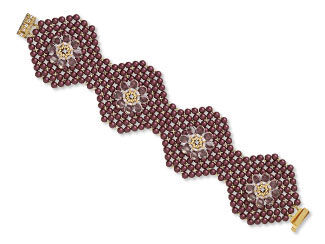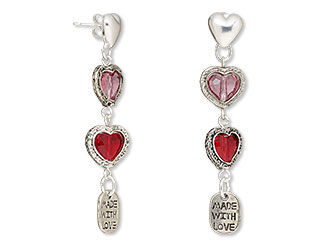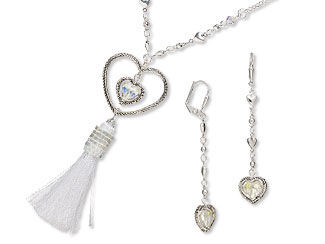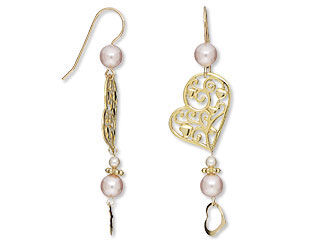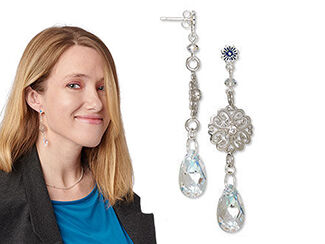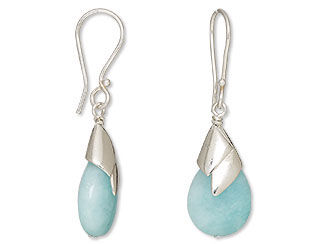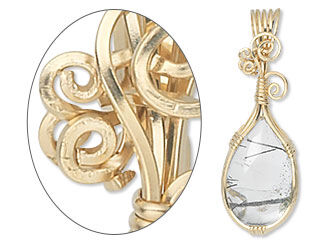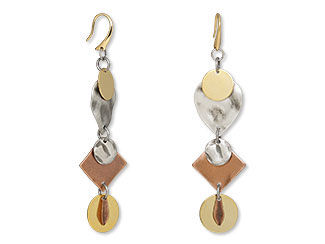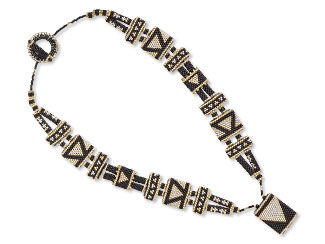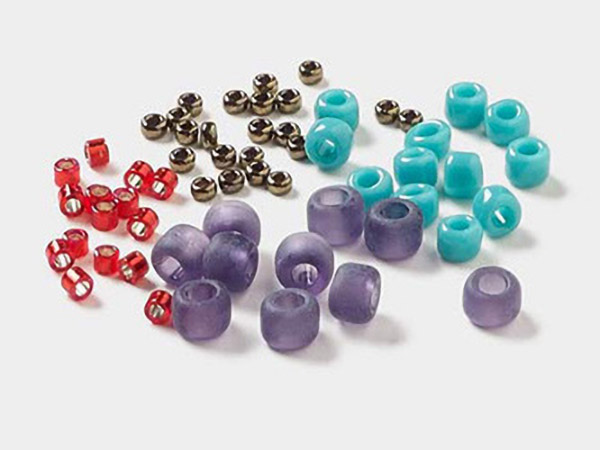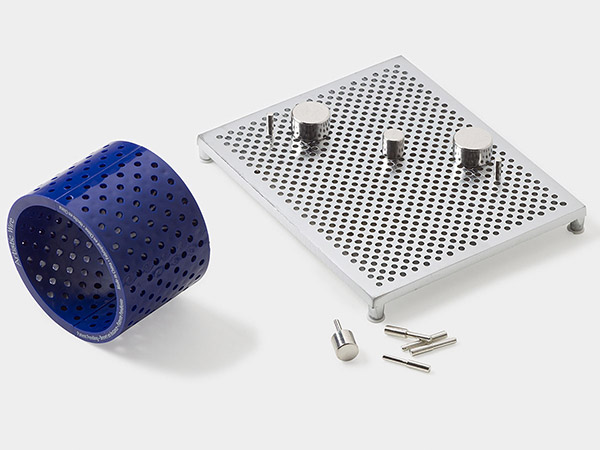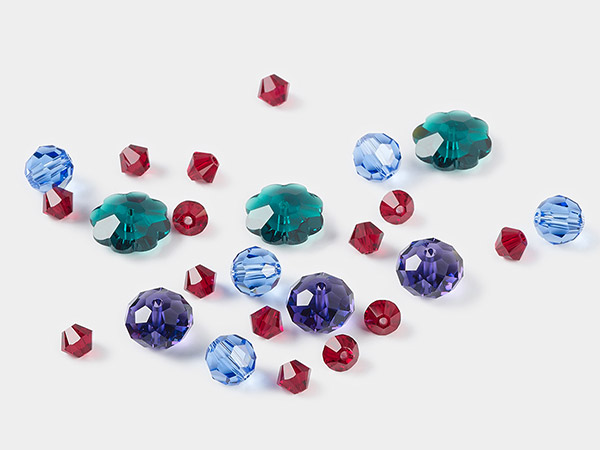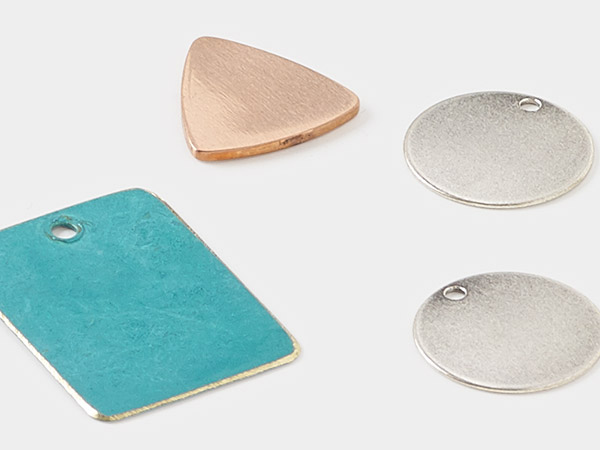Geometric Jewelry
Geometry and art intersect in a spectacular mosaic of shapes. While it might seem that geometry is reserved for futuristic designs, it can be very versatile. The use of angles and shapes can run the gamut from modern to vintage, from hard edges to soft curves.
Geometric jewelry has been around for thousands of years. Even Roman examples from the 3rd century A.D. that are still stylish.

Gold and chalcedony earrings, mid-late Imperial period. Photo courtesy of The MET (www.metmuseum.org).
Circles
Circles are visually appealing by themselves or with other shapes. They can be styled to create a calming effect by using delicate wire and gemstone components, or they can be thick and chunky for an industrial feel.
Squares, Diamonds, Rhombuses and Rectangles
Squares, diamonds, rhombuses and rectangles are a mainstay of modernist and minimalist pieces. They can be a focal point or blend inconspicuously with other shapes. The angles inherent in these shapes also provide visual direction, as the eye follows the lines forming the corners.
To create modernist and minimalist designs, use a few well-chosen components. For an ornate Egyptian-revival look, incorporate open gold drops as frames to showcase colorful glass beads or gemstones.
Triangles
Thanks to its simple geometric lines, the triangle lends itself well to extravagant colors, extreme sizes and over-the-top details. Like their four-cornered counterparts, the angles can provide visual direction.
Make a simple statement with a triangle-shaped pendant. Try combining multiple triangle jump rings for a new spin on dangly earrings. When nestled together, triangles can create quick and easy patterns like a classic chevron.
Stars and Polygons
Stars are versatile and can include everything from fun to refined. Use a five-pointed star to give a sense of child-like whimsy or for Western-style pieces. A many-pointed star brings a sophisticated flair to more intricate designs.
Polygons—hexagons, pentagons, octagons and more—--add dimension and interest to seed bead patterns and stitches. You can also embellish your creations using Crystal Passions® fancy stones in unexpected shapes.
Hearts and Teardrops
While hearts and teardrops may not conform to the traditional geometric shapes defined in mathematics, they hold a significant presence as widely embraced geometric forms within the realms of art and design.
The romantic heart shape has transcended its initial association with lovers, expanding into a symbol of friendship and compassion. Incorporate hearts into your jewelry designs to infuse a subtle yet meaningful touch, or make the heart the centerpiece of a creation inspired by love and connection.
True to its name, the teardrop shape embodies the symbolism of tears. It has the capacity to express not only sadness or grief but also tears of joy, cleansing and transformation. Deliberately incorporate teardrop (pear) shapes into your designs to evoke emotions or simply appreciate their aesthetic allure.
Combining Shapes
The beauty of playing with geometric shapes in design is that you can combine them in an infinite number of ways. Layering existing shapes allows you to play with negative space to produce even more shapes. Create bold statement earrings without the weight by using overlapping open geometric shapes. The resulting negative space not only enhances their complexity but also adds to their striking appeal.
Shop for Your Materials Here:
Have a question regarding this project? Email Customer Service.
Copyright Permissions
All works of authorship (articles, videos, tutorials and other creative works) are from the Fire Mountain Gems and Beads® Collection, and permission to copy is granted for non-commercial educational purposes only. All other reproduction requires written permission. For more information, please email copyrightpermission@firemtn.com.
